Paris 1874: The Impressionist Moment

Edgar Degas, At the Races in the Countryside, 1869, oil on canvas, Museum of Fine Arts, Boston. 1931 Purchase Fund, Photograph © 2023 Museum of Fine Arts, Boston
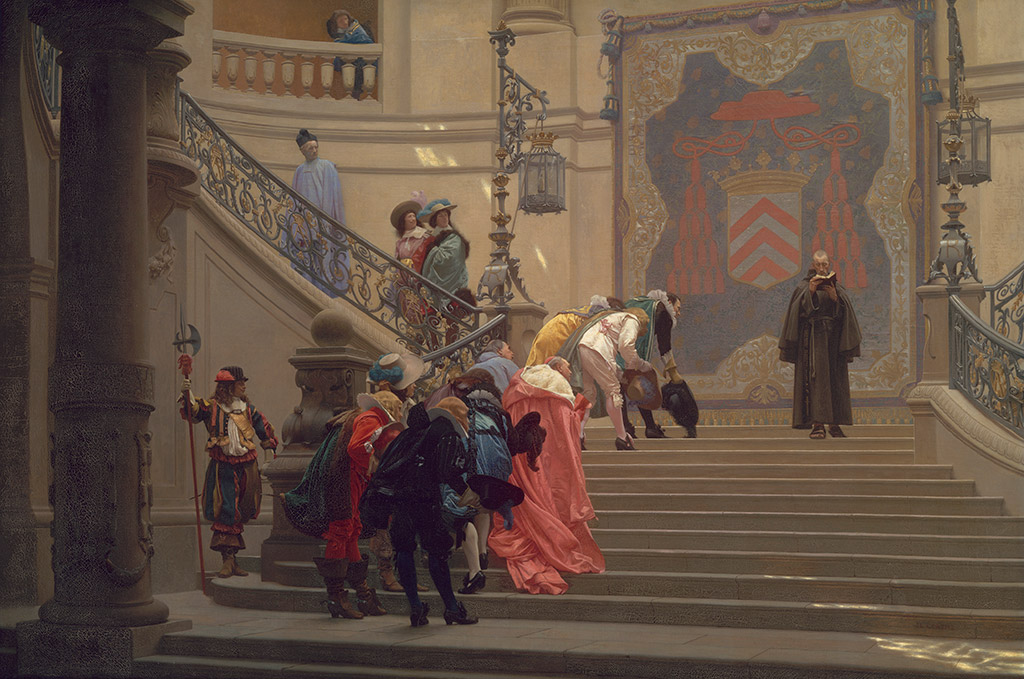
Jean-Léon Gérôme, L’Eminence Grise, 1873, oil on canvas, Museum of Fine Arts, Boston. Bequest of Susan Cornelia Warren. Photograph © 2023 Museum of Fine Arts, Boston
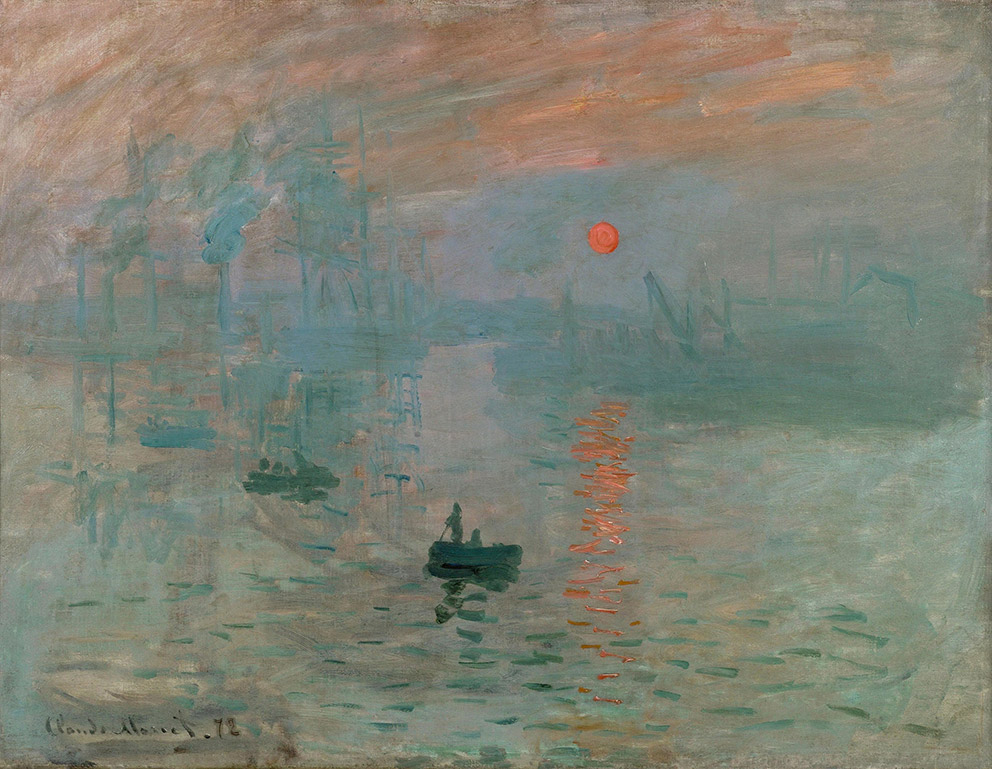
Claude Monet, Impression, Sunrise, 1872, oil on canvas, Musée Marmottan Monet, Paris, gift of Eugène and Victorine Donop de Monchy, 1940, Inv. 4014. © Musée Marmottan Monet, Paris / Studio Christian Baraja SLB

Auguste Renoir, The Theater Box, 1874, oil on canvas, The Courtauld, London (Samuel Courtauld Trust) Photo © The Courtauld

Zacharie Astruc, Woman Asleep in an Artist's Studio, 1871, watercolor, Collection Musée de l'Opéra de Vichy. Photo: Musée de l'Opéra de Vichy
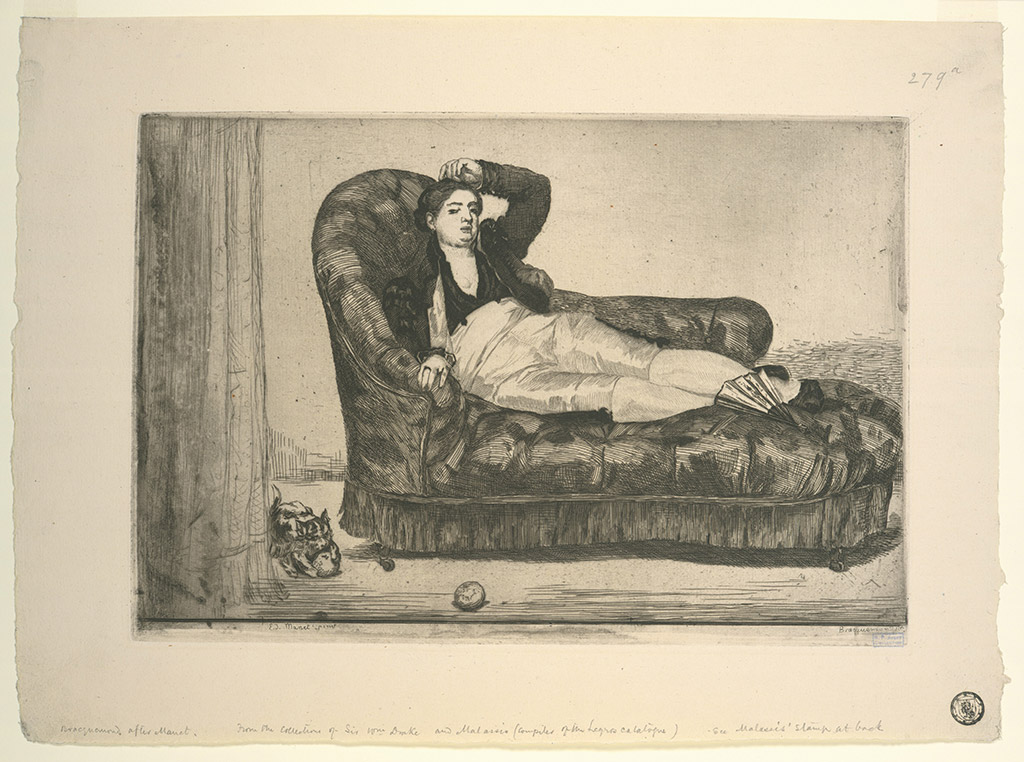
Félix Bracquemond, The Divan, 1867, etching, Samuel Putnam Avery Collection, Print Collection, Miriam and Ira D. Wallach Division of Art, Prints and Photographs, The New York Public Library, Astor, Lenox and Tilden Foundations
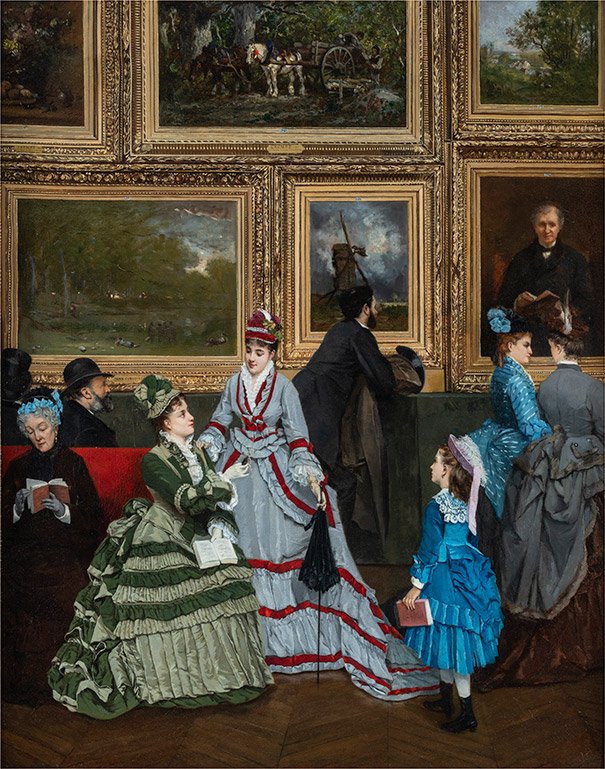
Camille Cabaillot-Lassalle, The Salon of 1874, 1874, oil on canvas, Paris, Musée d'Orsay, © Musée d’Orsay, dist. RMN-Grand Palais / Sophie Crépy

Paul Cézanne, House of the Hanged Man, Auvers-sur-Oise, 1873, oil on canvas, Paris, Musée d'Orsay, © Musée d’Orsay, Dist. RMN-Grand Palais / Patrice Schmidt
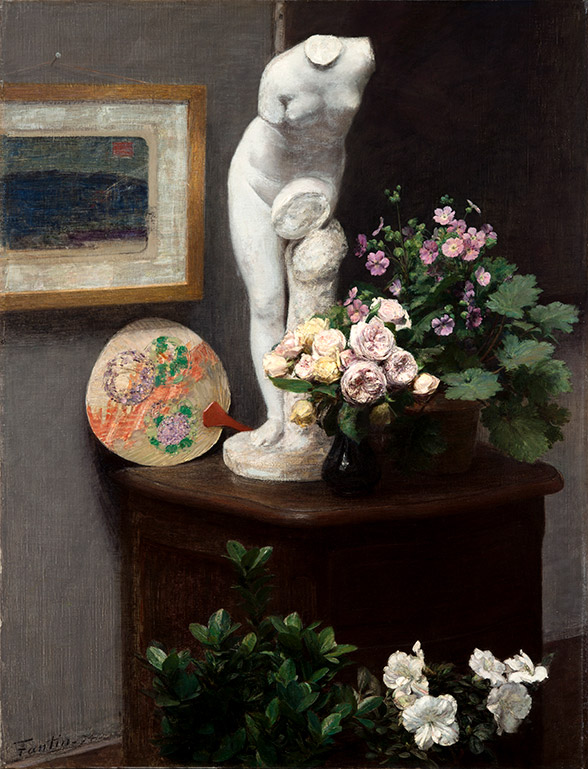
Henri Fantin-Latour, Still Life with Torso and Flowers, 1874, oil on canvas, Gothenburg Museum of Art, Sweden. Photo: Gothenburg Museum of Art / Hossein Sehatlou
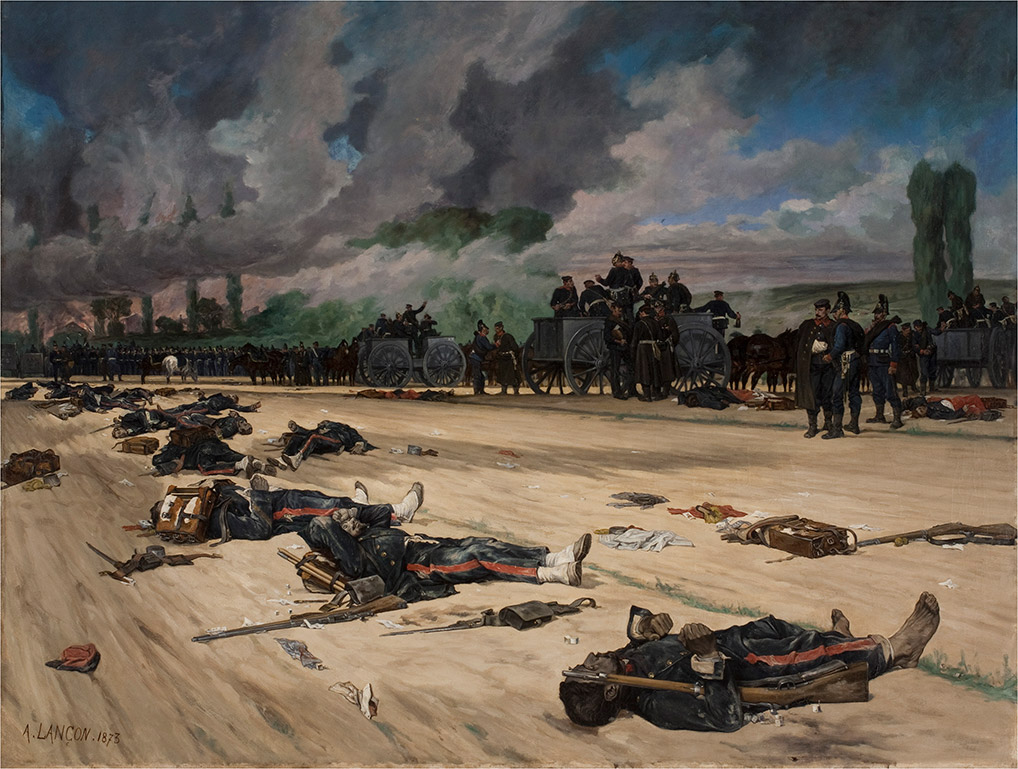
Auguste Lançon, Dead in Line!, 1873, oil on canvas, Gravelotte, Musée départemental de la Guerre de 1870 & de l'Annexion. On loan from the Musée de la Princerie de Verdun. © Département de la Moselle, MdG1870&A, Rebourg
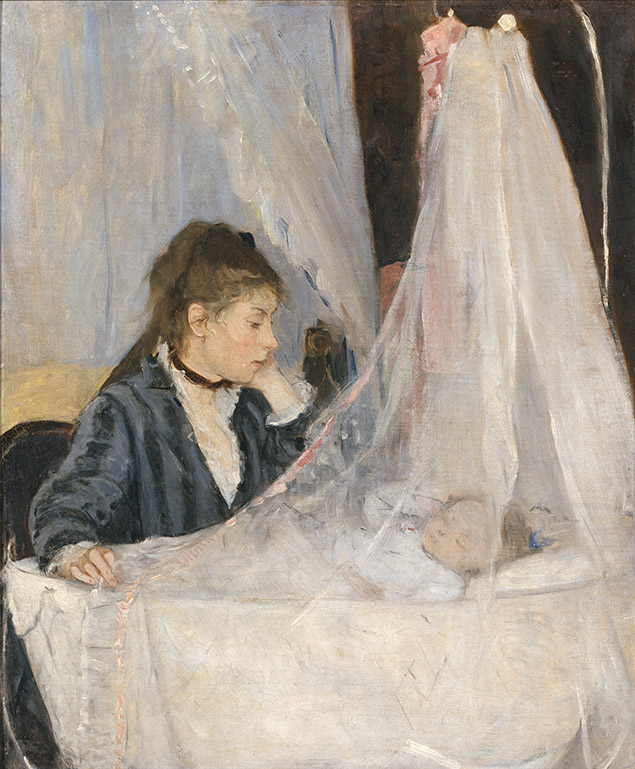
Berthe Morisot, The Cradle, 1872, oil on canvas, Paris, Musée d'Orsay. © Musée d’Orsay, Dist. RMN-Grand Palais / Patrice Schmidt
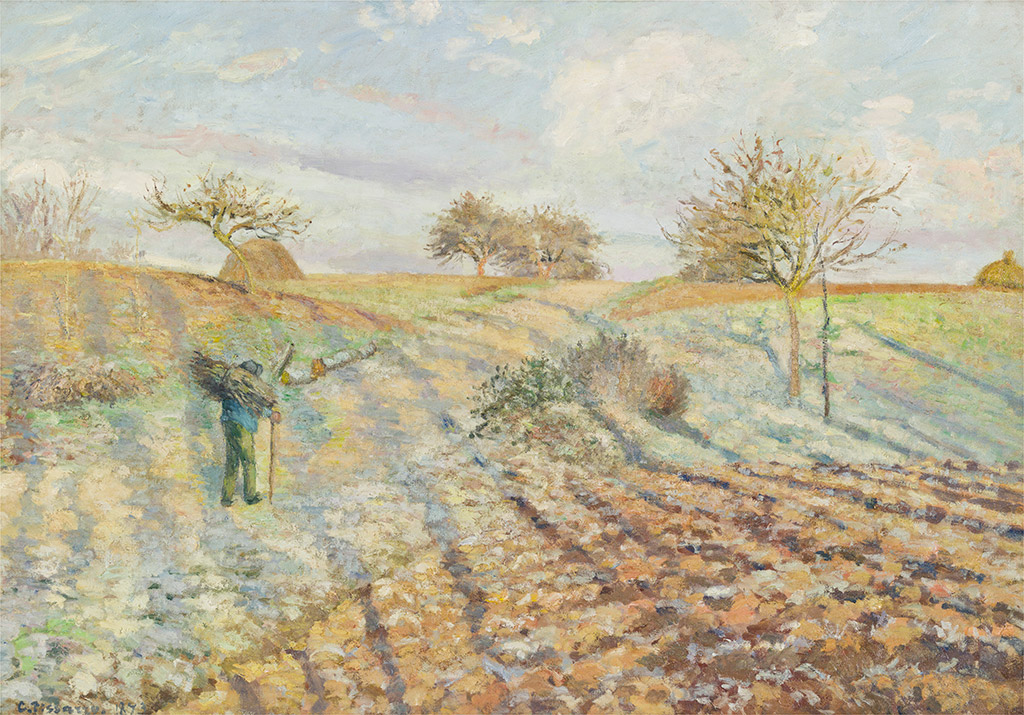
Camille Pissarro, Hoarfrost, 1873, oil on canvas, Paris, Musée d'Orsay Photo: © Musée d’Orsay, Dist. RMN-Grand Palais / Patrice Schmidt
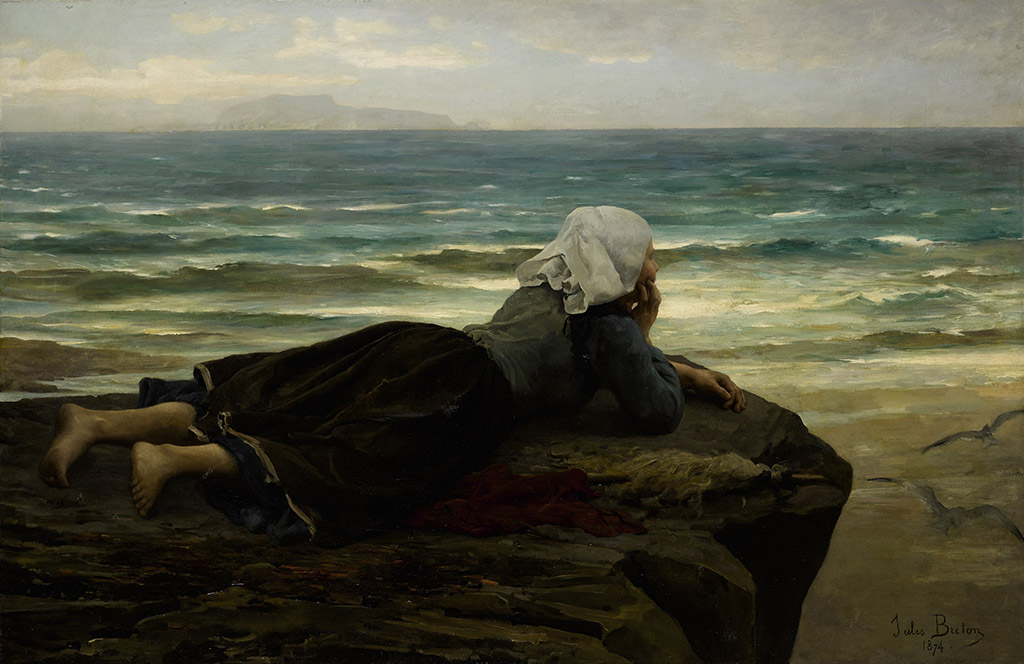
Jules Breton, The Cliff, 1874, oil on canvas, Eric Weider Collection




























